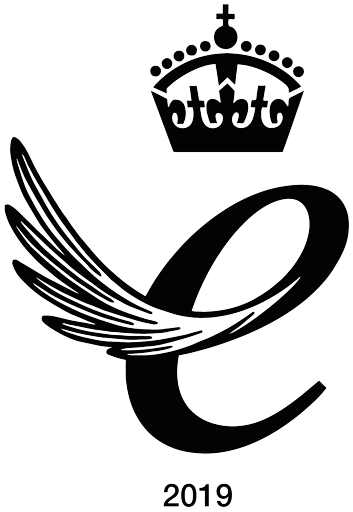It’s not often that the advertisement of a staff vacancy causes a media frenzy.
But that’s exactly what happened when Today Translations recently advertised the post of Emoji Translator. The media interest generated was, to me, obvious because it was a classic example of an organisation having their finger on the pulse and being ahead of the curve.
The use of emojis across social media, texts, emails and messaging platforms has grown dramatically over the past few years. Their rapid rise in importance was confirmed when an emoji – ‘Face with tears of joy’ – was chosen as word of the year in 2015 by Oxford English Dictionaries. Their press release at the time stated:
“Every year, the Oxford Dictionaries team reviews candidates for word of the year and then debates their merits, eventually choosing one that captures the ethos, mood, or preoccupations of that particular year. This year, instead of choosing a traditional word, Oxford Dictionaries has chosen a pictograph, the ‘Face with Tears of Joy’ emoji, to reflect the sharp increase in popularity of emoji across the world in 2015.”
Today, communication online is firmly ingrained in our everyday lives and our everyday face to face chats are supplemented (or even replaced) by online interaction. In this context the use of emojis makes real sense because effective communication is much more than just words.
It has been long accepted that our interactions with others is both a cognitive and sensory experience where we listen and observe both the verbal and nonverbal behaviour of others.
Back in 1975, the “Still face” experiment presented by Dr Edward Tronick to a meeting of the Society for Research in Child Development evidenced the importance of facial expressions in the communication process. Tronick’s experiment involved a mother who after engaging in close interaction with her baby then adopted a non-responsive poker face.
This change from responsive to non-engagement unsettled the child who after trying various verbal (laughing, shrieking) and nonverbal (smiling, pouting, pointing) cues becomes quite distressed at the lack of nonverbal response.
The fact is that in all our interpersonal interactions we look for the nonverbal signals which validate the words spoken. If there is any inconsistency between words and actions– incongruence – then we will at the very least be guarded thereafter in the interaction. When this is considered alongside the results of research undertaken by Dr Owen Churches of Flinders University Adelaide, which identified that emoji faces are interpreted by our brain in the same way as real faces, then their real value becomes clear. Churches, a researcher in the neuroscience of face perception, discovered that the neural responses to a smile from a real person matched those from the viewing of a smiling emoji.
This, in part, explains the value of “textual paralinguistics” within online messaging as a method of engaging with the reader: communicating on not just a cognitive, but an emotional level. Interestingly, just like human behavioural cues, emojis outside of the base emotion presentations of happiness, sadness etc. can also be culturally sensitive and misread.
Although it is still in its early days, it is clear that this ‘new language’ will play a significant part in our personal and business interactions going forward. One thing is certain: with the advent of emojis our future textual interactions will be emotional!
Bob Pointer is a member of the Today Advisory team and the founder of the Centre for Investigative Learning specialising in human behaviour and communication.

